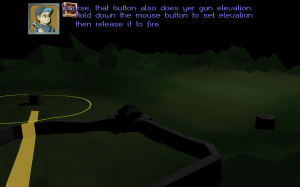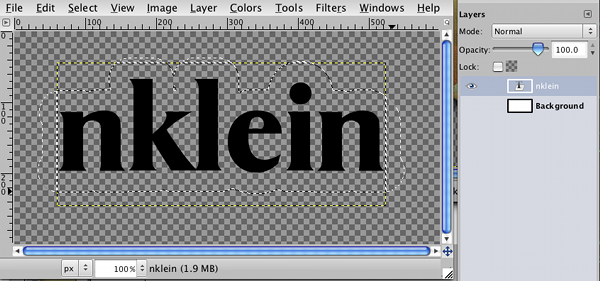Roto Mortar was written for the 2010 LISP Game Design Challenge. The challenge was to design and implement a game in seven days using some LISP dialect.
 The KPs have been beating on your base all week. Your defenses are just about to collapse. In fact, your mortar cannons are both on the fritz. Billy Bob, the ACME Repair Guy, has just gotten one of your mortar cannons back online. Unfortunately, he had to wire things a little wonky. Your cannon is spinning all on its own. Youâve only got one button to control both the elevation of the cannon and when to fire it. And, you better fire it, because the KPs are still coming at you.
The KPs have been beating on your base all week. Your defenses are just about to collapse. In fact, your mortar cannons are both on the fritz. Billy Bob, the ACME Repair Guy, has just gotten one of your mortar cannons back online. Unfortunately, he had to wire things a little wonky. Your cannon is spinning all on its own. Youâve only got one button to control both the elevation of the cannon and when to fire it. And, you better fire it, because the KPs are still coming at you.
Inspiration
A few years ago, I read the book Game Design Workshop: Designing, Prototyping, and Playtesting Games. One of the exercises in the first chapter is to design a game with a “one-button interface”. At the time, I didn’t come up with anything particularly thrilling.
When I started brainstorming what to do for this Game Challenge, I remembered that exercise. I came up with this concept just under (as in 3.5 hours under) seven days ago. The game is nowhere near as polished as I’d like… but it was a 7-day thing. And, it was fun to take a break from Objective C to get back to some Lisp programming.
Obtaining It
You can find out more about the game, including where to get the source and a Mac OS X binary, on the game’s web page.


